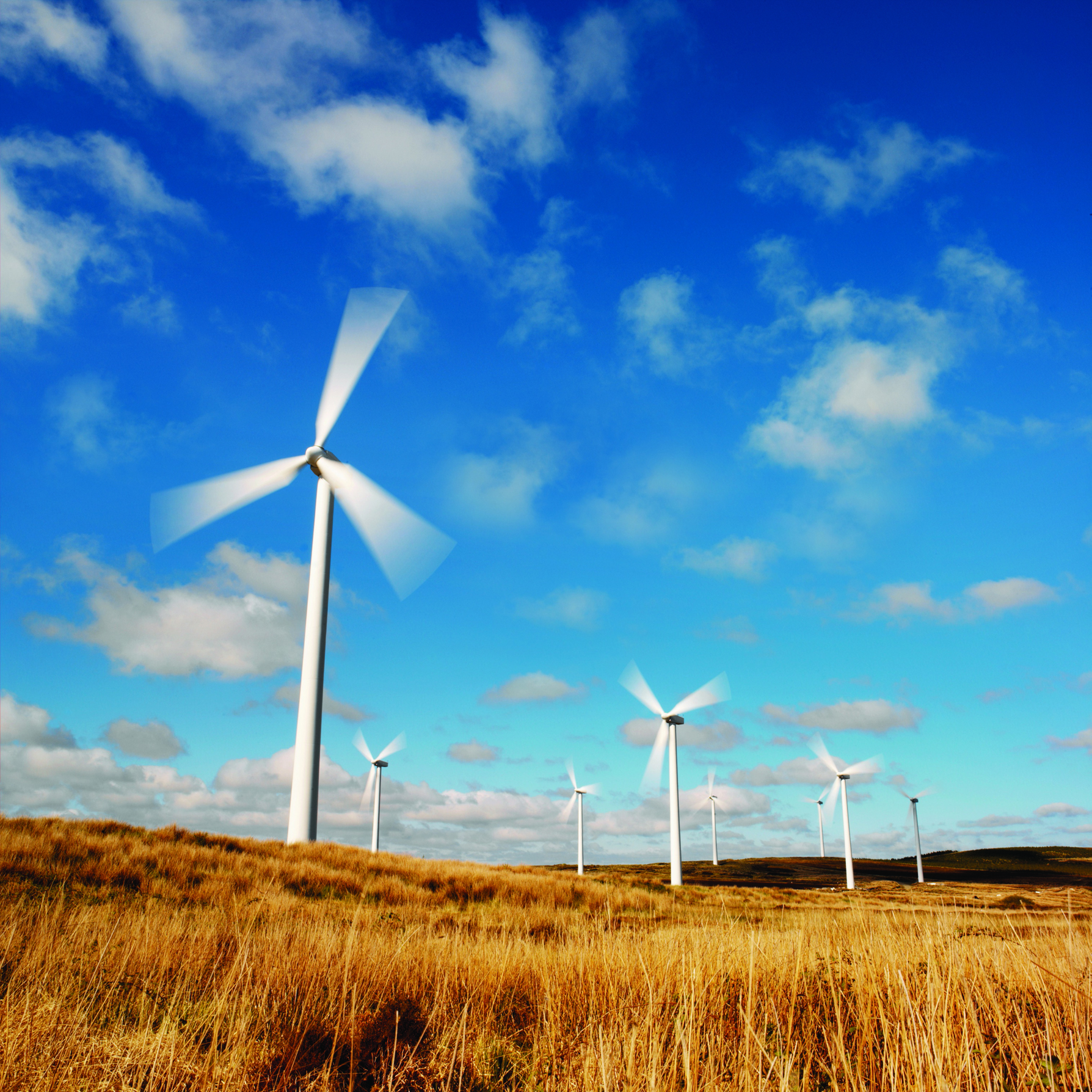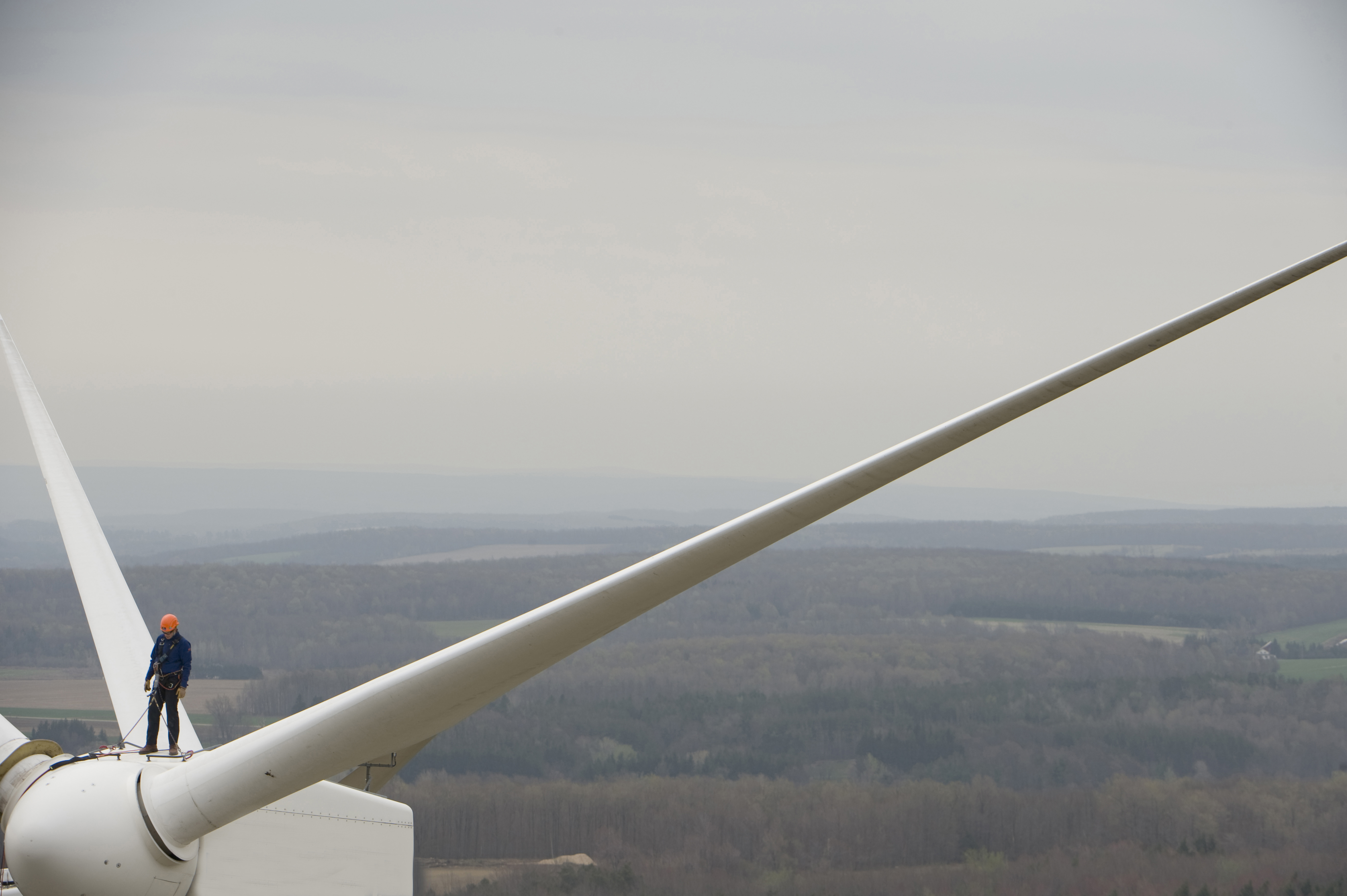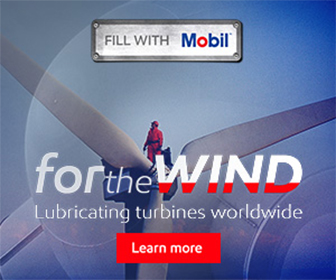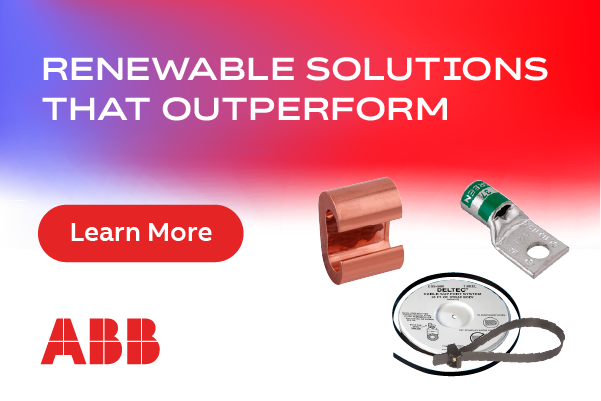Keeping Wind Turbines Turning in Harsh Environments Starts with Lubrication
Wind energy is a promising source of renewable energy, but harnessing this resource often requires wind turbine equipment to be located in remote or harsh environments. Unexpected places where you will find wind farms include the fierce North Sea, the frigid Alaskan tundra, and the hot California desert, just to name a few.
This equipment often experiences severe weather; gale-force winds, extreme temperatures ranging from -30 to 50 degrees Celsius, and heavy exposure to contaminants such as dust or corrosive salt water, make it no easy task to keep these turbines spinning.
However, it's vital that these turbines operate reliably over long maintenance service intervals. Any required servicing carries an increased level of risk, effort, and cost, when compared to turbines located in more easily accessible areas. Most importantly, going up tower in such a remote environment also poses an increased safety risk to personnel.
This context begs the question - what should operators do to make sure that their equipment is as productive and reliable as possible, with minimal unscheduled downtime?
It all starts with lubrication.
 Lubrication is the first line of defense
Lubrication is the first line of defense
Lubrication is the lifeblood of any industrial machine - it's what keeps parts clean, protected against wear, and running smoothly. For equipment that operates under extreme conditions like those found in the wind industry, proper lubrication is absolutely paramount.
A best-in-class wind turbine lubrication program is built around three key facets: using advanced lubricants, conducting routine monitoring via used oil analysis, and choosing when to change out your lubricants.
Advanced lubricants
Wind turbines require the use of both advanced gear oils and greases. Advanced gear oils protect components in the gear box, which is the "engine" of any wind turbine. Using the right gear oils is critical to ensuring proper equipment reliability, as gear box failures are one of the leading causes of unscheduled downtime - and a costly one at that. One study showedthat a single gearbox failure can result in a 52 percent loss in annual energy production, and a 55 percent increase in unscheduled turbine downtime.
Today, almost all operators use a synthetic gear oil. Despite a common misconception, however, not all synthetic products are the same. In fact, formulation varies significantly even for synthetic lubricants. Operators should look for products formulated with the right mix of advanced base oils and additives, enabling them to deliver long oil life. These products should be able to:
- Perform in extreme temperatures (150 degrees Celsius or more).
- Deliver enhanced oxidation and water resistance.
- Provide superbprotection against wear and micropitting.
- Exhibit foam control and trouble-free wet filterability.
- Claim a metal-free formulation that does not contribute to White Etching Cracks (WEC), a common cause of gear box bearing failure.
Using an advanced gear oil that meets all these criteria can help operators potentially double oil drain intervals, a particularly appealing option for turbines located in harsh, remote environments.
Typical wind turbine gear oils have an oil drain interval of 36 months. Advanced synthetic lubricants are proven to extend intervals up to seven-plus years. This means that an operator could, hypothetically, eliminate one oil change over 20 years, significantly reducing costs. Moreover, mitigation methods like additive top treating (which involves "topping off" the oil with an additive package after some years in service) won't deliver the same long-term performance as oil originally designed to deliver long oil life.
Operators should also look to use advanced greases to help protect important bearing components, including the main shaft, pitch, and yaw bearings. Greases should be able to deliver:
- Good performance in severe low-temperature conditions (to ensure sufficient flow and facilitate start-up).
- Robust water tolerance.
- Enhanced equipment protection from wear, rust, and corrosion.
- Long lubrication intervals.

Routine monitoring to deliver real-time performance insights
Conducting regular used oil analysis (UOA) is an important tool that can help operators optimize the performance of advanced lubricants. UOA is the only way to identify turbine reliability issues, such as lubricant degradation and component wear, prior to critical failure. It's also relatively easy to implement, with a valuable pay-off in the long-term.
Oil analysis results can deliver insights on equipment condition, lubricant condition, and contamination. The results will indicate metal wear and component metallurgy, pinpoint any abnormal conditions in a lubricant, and assess presence of contaminants. Any issues flagged by the results can then be addressed before they result in equipment failure, saving operators time and money.
A low-hanging opportunity with significant pay-off potential
Lubrication is typically only a small part of a wind operator's budget, so it may seem like only a small opportunity. But making small changes to a lubrication program can have significant impact on the bottom line. For operators with wind farms in remote or harsh locations, the benefits of a best-in-class lubrication program are amplified.
 Gary Hennigan is a Wind Lubricants Technical Advisor at ExxonMobil Fuels & Lubricants focused on supporting the wind sector. With more than 20 years of experience in the wind industry, Gary has worked with operators across the U.S. to develop tailored lubrication and equipment maintenance programs.
Gary Hennigan is a Wind Lubricants Technical Advisor at ExxonMobil Fuels & Lubricants focused on supporting the wind sector. With more than 20 years of experience in the wind industry, Gary has worked with operators across the U.S. to develop tailored lubrication and equipment maintenance programs.
ExxonMobil |www.mobil.com
Volume: 2018 May/June












